After more than 2 years of operation, an accident occurred on the Cam Lo - La Son expressway, taking the lives of 3 people in a family.
The accident not only made the story of traffic awareness hot, but also the topic of investment in the expressway system was also of public interest again.
Looking back at the formation and development of our country's expressway system, since the first expressway (Ho Chi Minh City - Trung Luong) was started in 2004, after 20 years of construction, up to now, the whole country has put into operation more than 1,800 km of expressway, of which about 743 km have been invested in phases (about 41%), including 371 km of 2-lane and 372 km of 4-lane with intermittent emergency stop strips.
Specifically, there are 7 4-lane routes with intermittent emergency stops with a length of 372 km including Cao Bo - Mai Son, Mai Son - National Highway 45, National Highway 45 - Nghi Son, Nghi Son - Dien Chau, Nha Trang - Cam Lam, Vinh Hao - Phan Thiet, Trung Luong - My Thuan.
For 371 km of 2-lane highway including 5 routes: Cam Lo - La Son, La Son - Tuy Loan, Yen Bai - Lao Cai, Hoa Lac - Hoa Binh , Thai Nguyen - Cho Moi.

A section of La Son - Tuy Loan highway with 2 lanes in both directions.
In fact, the story of the investment in the previous phased expressway has attracted public attention and raised many questions with the transport sector. Questions related to the shortcomings arising from the investment phase of the expressway when many 2-lane and 4-lane expressways are in operation but do not have continuous emergency lanes or lack rest stops... Most recently, at the 6th Session of the 15th National Assembly held in November 2023, the head of the Ministry of Transport had to answer questions about this issue.
According to Minister Nguyen Van Thang, besides learning from the experiences of many developed countries such as the US, South Korea, Japan, Malaysia or many countries in Europe that have to carry out investment phases for expressways, the core reason why we accept the choice of investing in the expressway system in phases is "lack of money".
"Completing the investment in the expressway in the context of limited resources is very difficult to do," said the Minister of Transport.
In response to public concern, in December 2023, the Ministry of Transport also reported to the Prime Minister and Deputy Prime Minister Tran Hong Ha on the assessment and research of investment in upgrading expressways in operation according to the investment phase scale, clearly stating the plan to expand 12 expressways in operation (5 2-lane routes and 7 4-lane routes with intermittent emergency stopping strips).
Immediately after the particularly serious accident on the Cam Lo - La Son expressway, Minister of Transport Nguyen Van Thang chaired an urgent meeting, emphasizing two main issues: One is to review and organize traffic in the most optimal direction with existing infrastructure conditions; Two is to deploy as quickly as possible the preparation work for investment in phase 2 of the expressway expansion to report to competent authorities for approval and capital allocation.
In the most recent telegram, Prime Minister Pham Minh Chinh continued to request to accelerate research and investment in upgrading expressways currently in operation and being invested in at a phased scale, focusing on the earliest investment in expressways with a scale of 2 lanes.
"The most important principle is still to ensure safety"
Talking to Nguoi Dua Tin about this issue, Associate Professor Dr. Nguyen Hong Thai - Head of the Faculty of Transport Economics, University of Transport assessed that investing in complete expressways according to the planning scale requires a huge amount of capital, while resources are still limited.
Therefore, it is necessary to study investment phases in accordance with transportation needs and the ability to balance resources, in order to soon invest in and put into operation the expressway network, promptly serving the needs of socio-economic development, ensuring national defense and security for localities and regions throughout the country. This is also an important task, contributing to realizing the goal of having 5,000 km of expressways nationwide by 2030 according to the policy of the Party, National Assembly and Government.
In addition, legal documents on construction, planning, and design standards for expressways have stipulated investment phases in accordance with transportation needs and implementation capabilities.
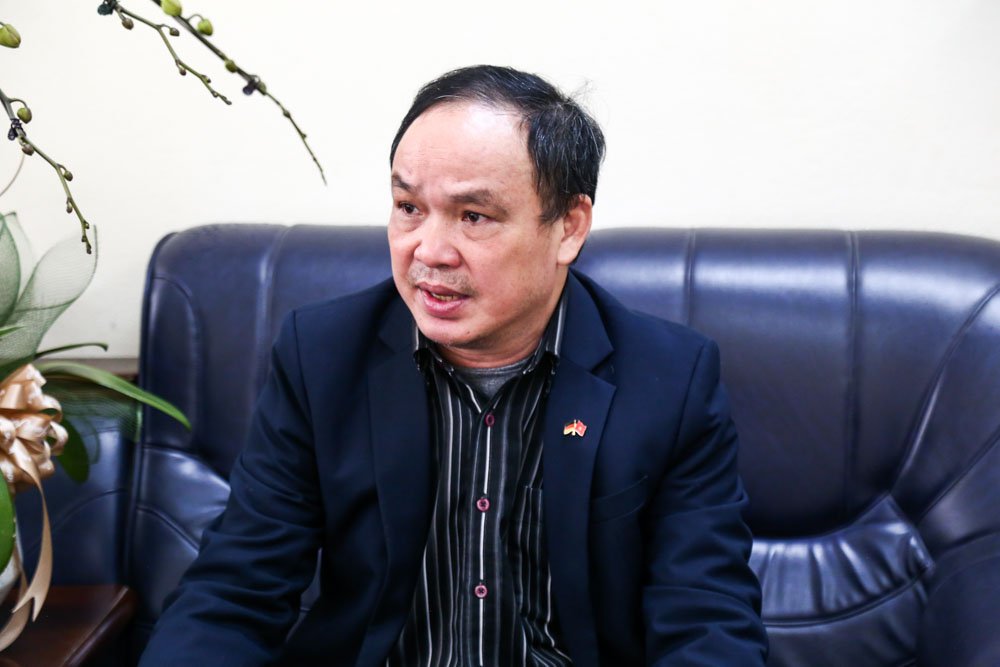
Assoc.Prof.Dr. Nguyen Hong Thai - Head of Faculty of Transport Economics, University of Transport.
However, this expert emphasized that even though it is a divergent investment, it must still ensure the most important principle of transportation, which is safety.
“Regardless of the divergence plan, the most important principle is still to ensure safety. Reality shows that the divergence of investment in 2-lane, 2-way expressways has exposed many risks of traffic insecurity. Of course, in addition to the capital factor, the rapid increase in traffic volume beyond the initial forecast when deciding to invest is also a factor causing this passivity. This is especially important at this time when we must soon invest in expanding these 2-lane routes,” Associate Professor Dr. Nguyen Hong Thai said, emphasizing that this is an experience that needs to be really noted in calculating the divergence of investment in the infrastructure system in the coming time.
Also expressing his opinion on the above issue, traffic expert Dr. Phan Le Binh said that in the definitions of traffic design, "expressway" is usually not defined by design speed or number of lanes, with or without a hard median strip, but rather "expressway is a road without level crossings, and with controlled entry/exit points". Thus, the issue of a 2-lane expressway is not too serious.
In comparison, Mr. Binh said that in Japan or some European countries, there are also 2-lane highways similar to the Cam Lo - La Son route, but they are still considered safe thanks to the fact that drivers are always aware of and comply with safety rules.
However, this expert also affirmed that the 2-lane design should only be applied on routes connecting to remote areas, with low traffic volume, and investment efficiency is difficult to achieve. "And this design has also been applied on a few expressways connecting to remote areas even in Japan, a country much richer than ours," said Dr. Phan Le Binh.
Regarding the North-South expressway, this expert affirmed that the design of the expressway with only 1 lane/side, without a continuous emergency lane, is not optimal and unreasonable because this is the "backbone" expressway, playing the role of the main artery connecting the North to the South, so it needs to be invested in a systematic way with a long-term vision.
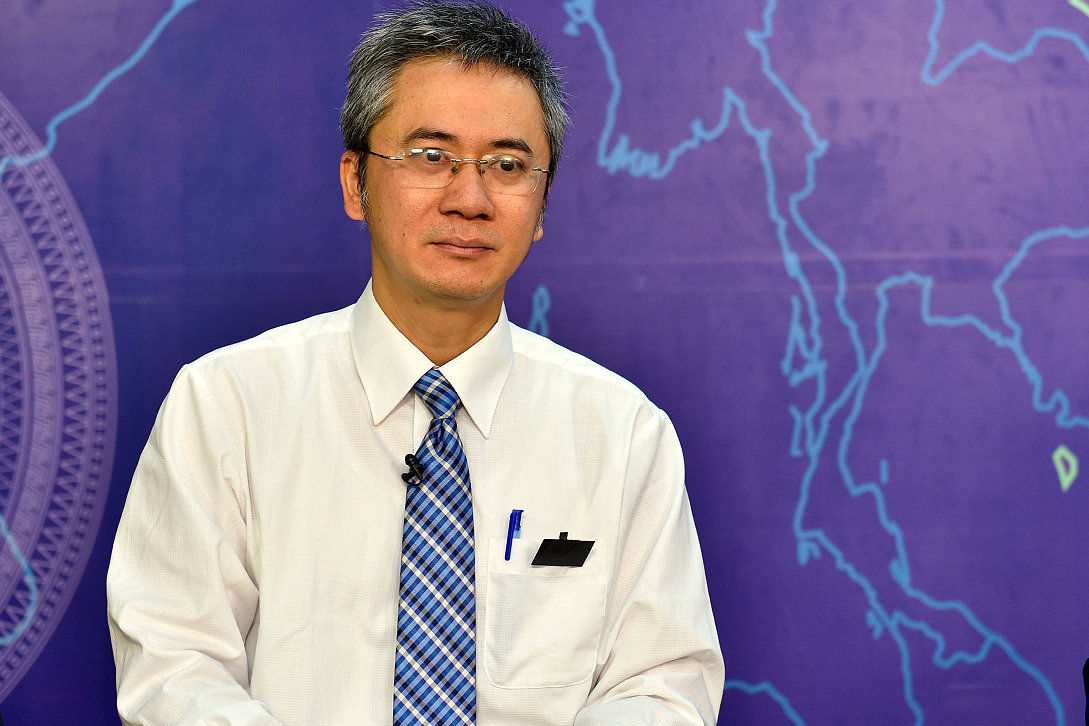
Traffic expert Dr. Phan Le Binh.
“When considering the construction of the entire North-South Expressway, it can be affirmed that the Cam Lo - La Son section has the lowest or nearly the lowest traffic volume on the entire route. In limited financial conditions, if one wants to connect the entire route, it is understandable that one must choose a 1-lane design option. However, even though it is the section with the lowest traffic volume on the entire North-South route, this is still a vital traffic route on the main axis of the country, with an important traffic volume and location that requires at least 2 lanes on each side and an emergency lane throughout,” this expert expressed his opinion on the case of the Cam Lo - La Son Expressway.
According to Dr. Phan Le Binh, to ensure traffic safety, with the Cam Lo - La Son expressway or other 2-lane expressways - expressways with many limitations (few places to overtake, no hard divider), it is necessary to strictly follow the rules of safe driving, absolutely obey the signs, regulations on speed, no overtaking, no stopping ...
Source








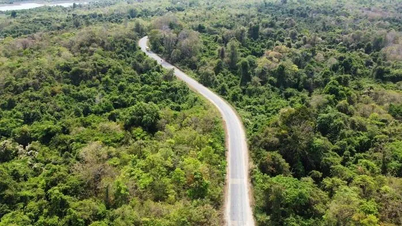

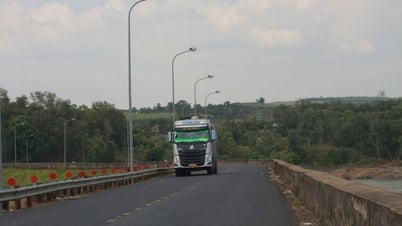

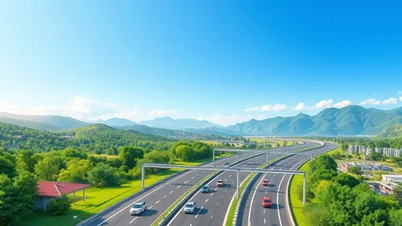

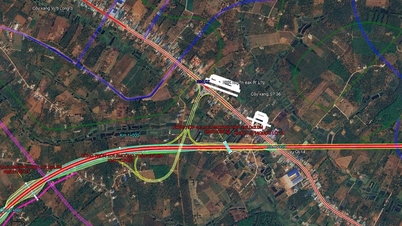



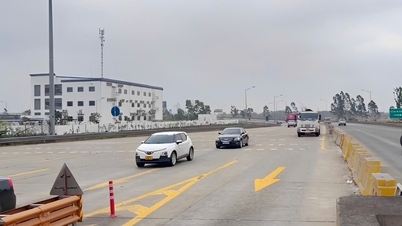

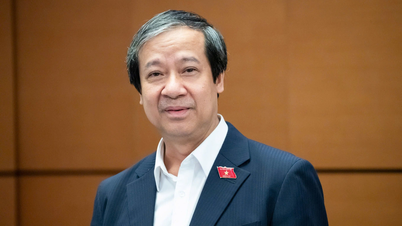
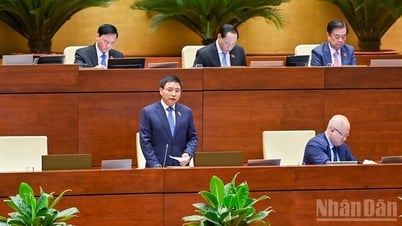

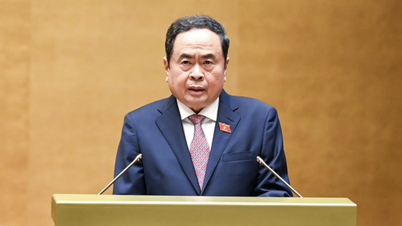
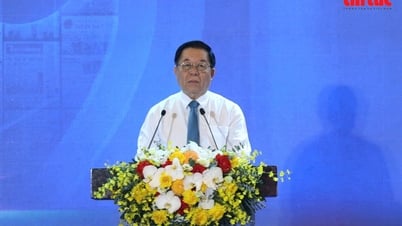

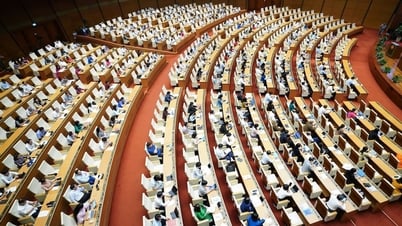









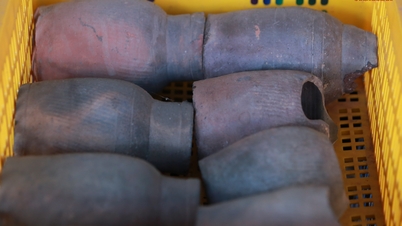
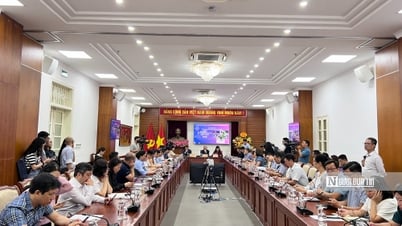















































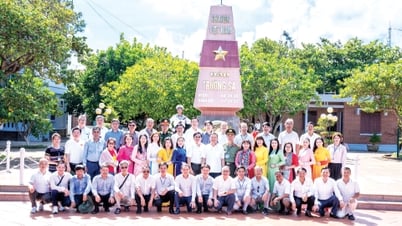






















Comment (0)